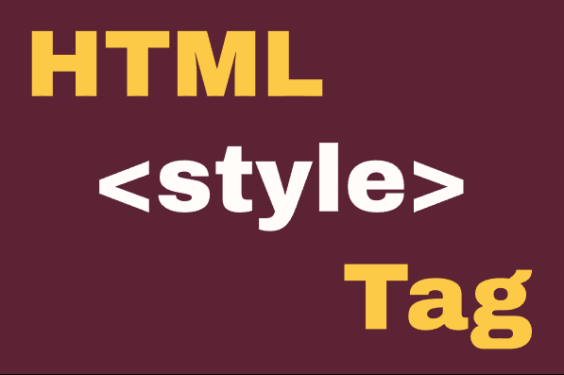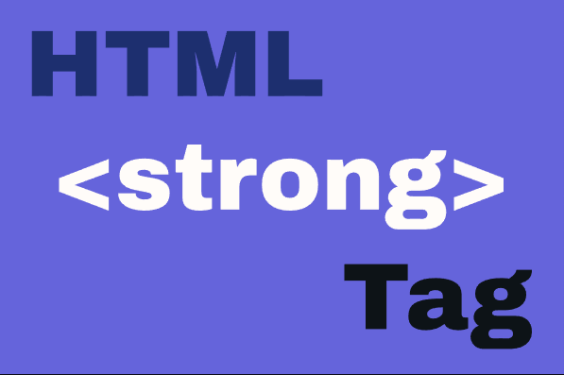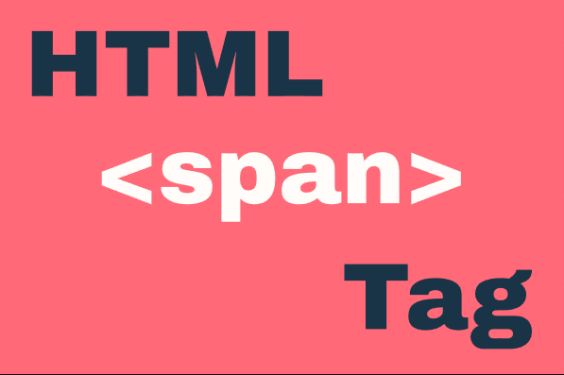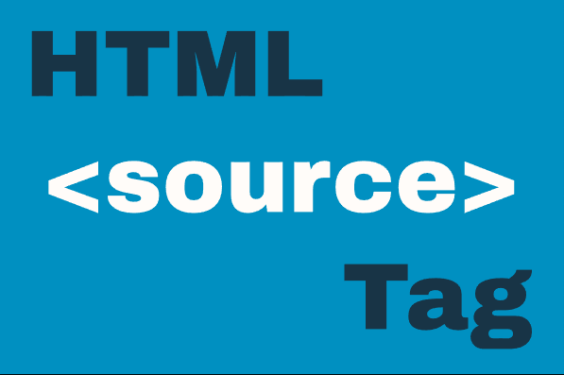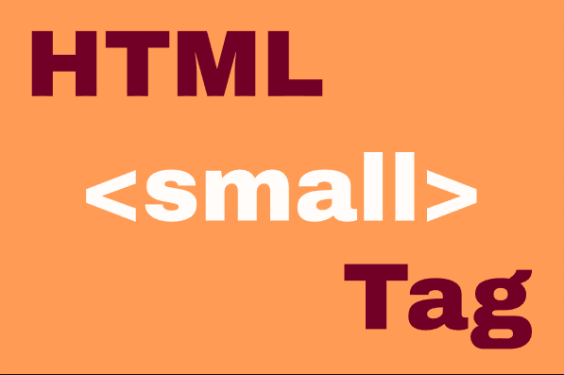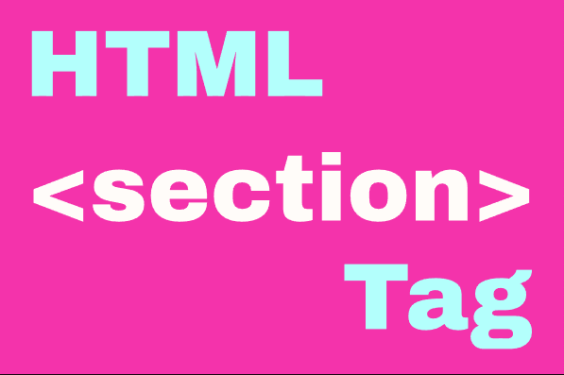HTML <ol> Element
Publish in HTML Tutorial el 25/05/2025 14:03
The <ol> HTML element represents an ordered list of items, typically rendered as a numbered list. Ordered lists are used when the sequence of items is important, such as step-by-step instructions or rankings.
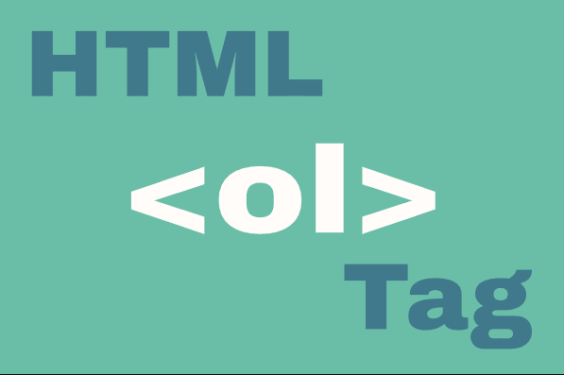
Key features of <ol>:
- Creates a numbered list by default
- Can be customized with different numbering styles
- Supports nested lists (both ordered and unordered)
- Works with CSS for advanced styling
- Can be manipulated with JavaScript
Basic Syntax
Rendered Example
Examples of <ol> Usage
Example 1: Basic Ordered List
A simple ordered list with default numbering.
Example 2: Custom Numbering Type
Using the type attribute to change numbering style.
Example 3: Nested Ordered Lists
Creating a hierarchical structure with nested ordered lists.
Example 4: Dynamic List with JavaScript
Adding items to an ordered list using JavaScript.
Example 5: Reversed Ordered List with JavaScript
Creating and manipulating a reversed ordered list.
Tips and Tricks
- Use the
startattribute to begin numbering from a specific value - Combine with CSS
list-style-typefor more numbering style options - The
reversedattribute will display items in descending order - For semantic HTML, use ordered lists only when the sequence matters
- Consider accessibility - screen readers will announce the number of items
Browser Support
The <ol> element is supported by all browsers and has excellent compatibility across versions. All modern browsers support the main attributes like type, start, and reversed.
